The implementation process of ISO certification can be described as a meticulous process in which a company, either on its own or with an external consultant will perform certain changes within the organsation to become compliant with the requirements of ISO standards. Being compliant with the standard is key in becoming officially certified for ISO certification for a particular ISO standard.
The route of getting ISO certified may not always be clear. But worry not. You can see what the implementation process of ISO certification involves by reading the blog on how to get certified with Luke Desira. In this article, we will be focusing mainly on what comes next after the implementation process.
One of the very first things that must be executed in the implementation process of ISO certification is the Gap Analysis. The Gap Analysis is a vital aspect of the implementation process of ISO certification. It goes beyond the training of the staff – it identifies gaps between your current practices and the requirements of ISO certification. Through this process, you will be able to identify what your company is missing, what must be achieved in order to be compliant and see how you can bridge the gaps between what you currently have and what you should have.
Working with a consultant, such as Luke Desira, will help you better understand that the implementation process of ISO certification is only the beginning. After going through the Gap Analysis, the organisation must have its processes fine-tuned and become fully aligned with the requirements for ISO certification. This critical phase involves implementing changes to the company’s operations, policies, and procedures to ensure compliance with ISO requirements. This is made possible by establishing clear guidelines and developing effective controls.
So, let us cut a bit forward. Imagine you got a consultant to help you out. All processes have been optimised, the staff has been taught about the elements of continual improvement and all gaps have been filled,you are now ready to take it to the next step. The process of implementing the new ISO-optimised systems have been a success!
Now as an organisation, you have to go through 4 different steps, one after the other.
The Audits that come after the implementation process of ISO Certification
The first thing you need to do is the Management Review Meeting. The management review meeting is a meeting of the organisation’s senior management whose aim is to identify further things that the organisation can improve upon. Each standard dictates what the management review meeting should talk about. However, there are some topics that are common throughout the vast majority of ISO standards, such as the corrective and preventive actions for certain situations and the adjustment of the organisation’s resources to respond to changes that are affecting the management system of the organisation.
Following the management review meeting, the organisation must then perform an Internal Audit. The internal audit is a process where an internal auditor, who can be either someone who works for the company or an external person, such as Luke Desira, will gather evidence to see how the organisation and its employees are following the processes and procedures that have been set out by the company throughout the journey to become ISO compliant. Whoever will be conducting the internal audit must be objective and understand that any flaws, be them minor or major, must be reported and backed up by the respective evidence. This is what an internal audit is all about.








